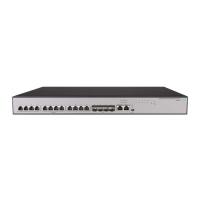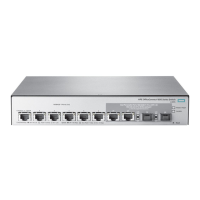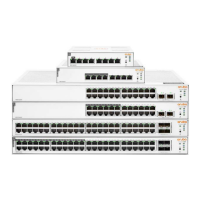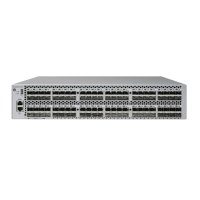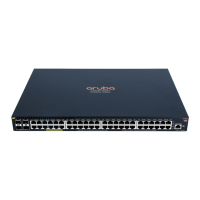Ping 189
Table 103.Ping IPv6 Fields
Click Start to ping the specified host and Stop to end a ping in progress. If you do not click Stop, the
pings continue until the number of pings specified in the Count field has been reached—even if you
navigate way from the Ping IPv6 page.
Field Description
Ping Select either a global IPv6 address or a link local address to ping. A global address is routable over the
Internet, while a link-local address is intended for communication only within the local network. Link local
addresses have a prefix of fe80::/64.
IPv6 Address Enter the global or link-local IPv6 address to ping.
Count Specify the number of packets to send. The range is 1 to 15 packets and the default is 3 packets.
Interval Specify the delay between ping packets. The range is from 1 to 60 seconds, and the default is 3 seconds.
Size Specify the size of the ping packet to be sent. Changing the size allows you to troubleshoot connectivity
issues with a variety of packet sizes, such as large or very large packets. The range is from 0 to 13000
bytes, and the default is 0 bytes.
Interface The interface used to issue the Link Local ping request, which is the network port.
Results The results of the ping test, which includes the following information:
The IP address of the device that was pinged.
The Internet Control Message Protocol (ICMP) number of the packet, starting from 0.
The time it took to receive a reply, in microseconds.
The number of ping packets sent and received, the percent of packets that were lost, and the mini-
mum, average, and maximum round-trip time for the responses in milliseconds.
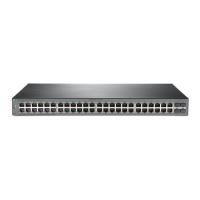
